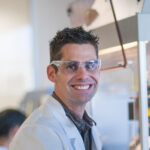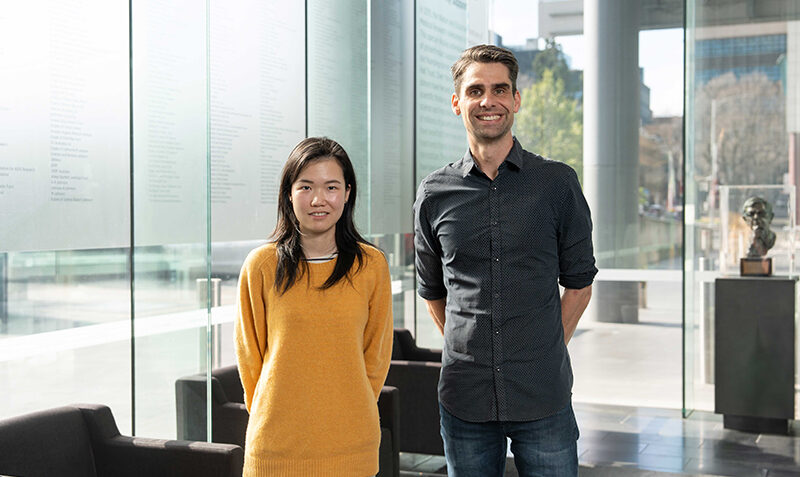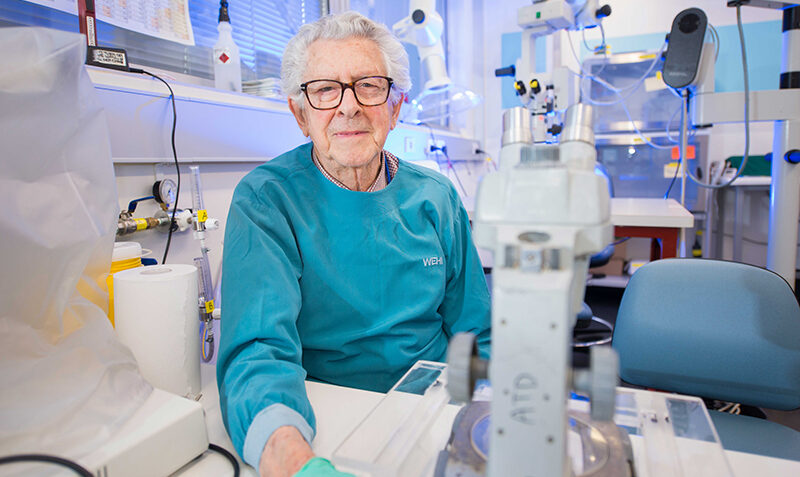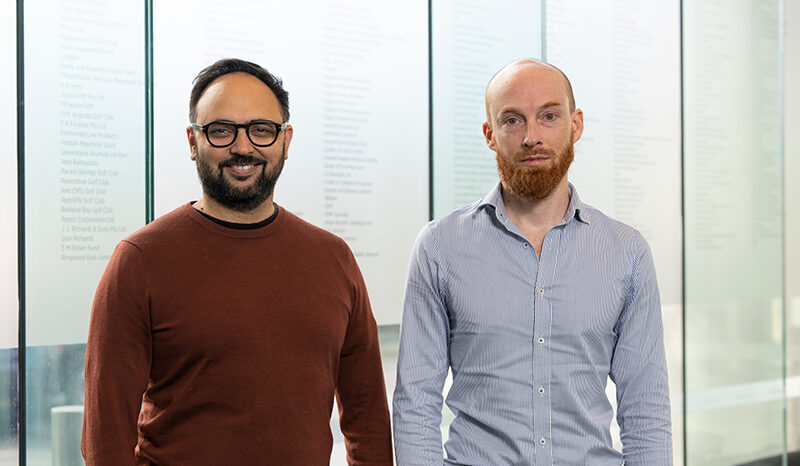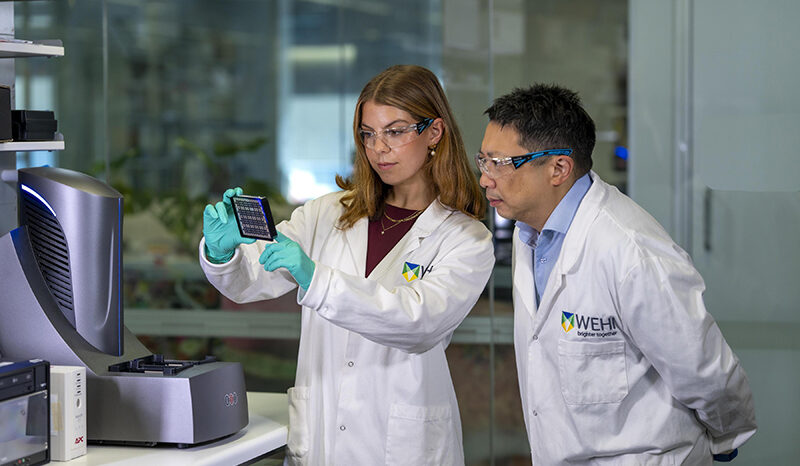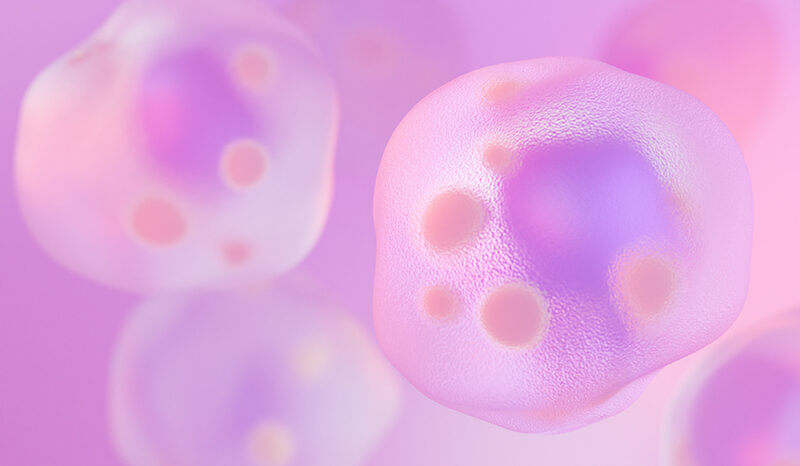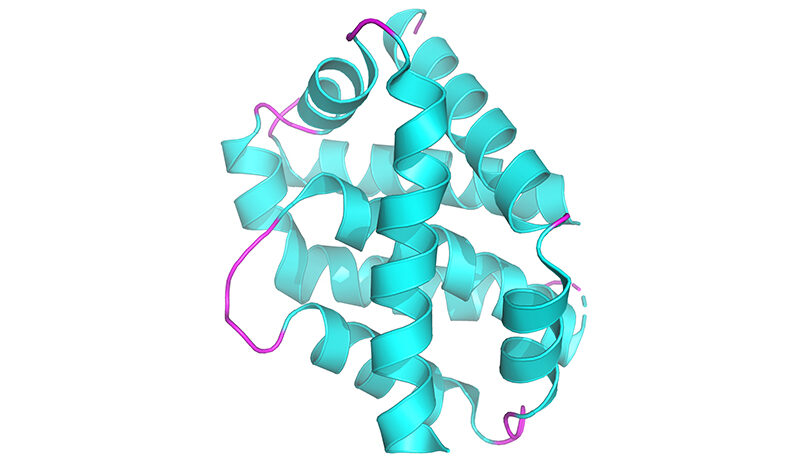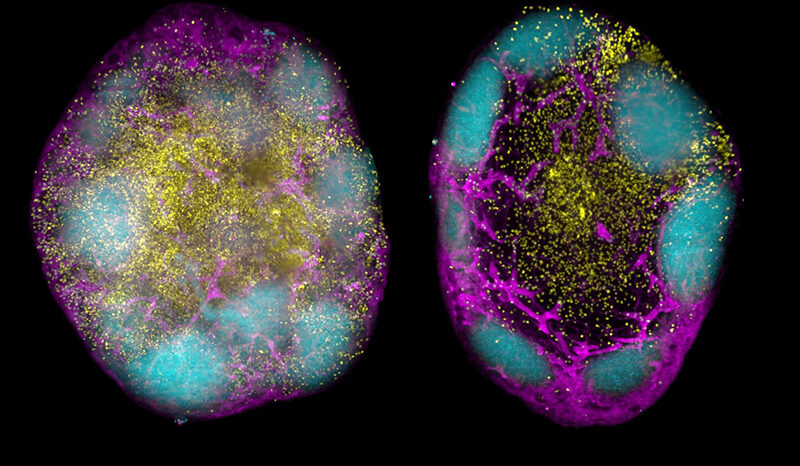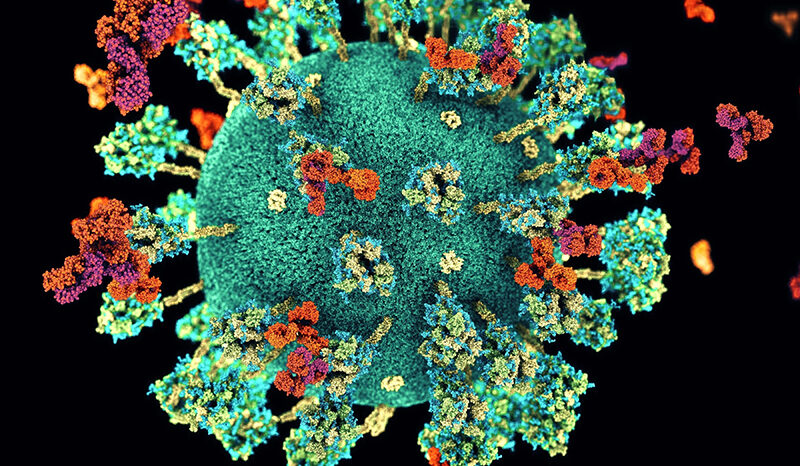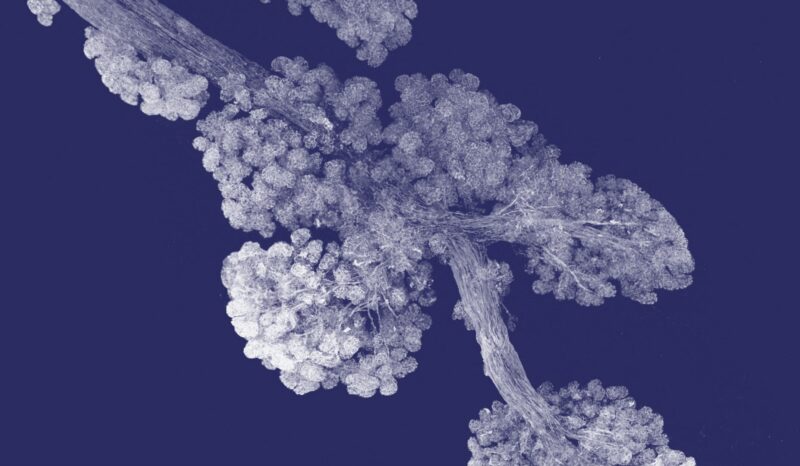T cells, also known as T lymphocytes, are a type of white blood cell that plays a crucial role in our immune system. T cells are essential for identifying and responding to pathogens, such as viruses and bacteria, and for eliminating infected or cancerous cells.
The thymus is a small, but mighty, organ that sits behind the breastbone. It is the only organ in the body that can make T cells.
But a curious feature of the thymus is that it is the first organ in our bodies to shrink as we get older. As this happens, the T cell growth areas in the thymus are replaced with fatty tissue, diminishing T cell production and contributing to a weakened immune system.
While the thymus is capable of regenerating from damage, to date researchers have been unable to figure out how to unlock this ability and boost immunity in humans as we age.



